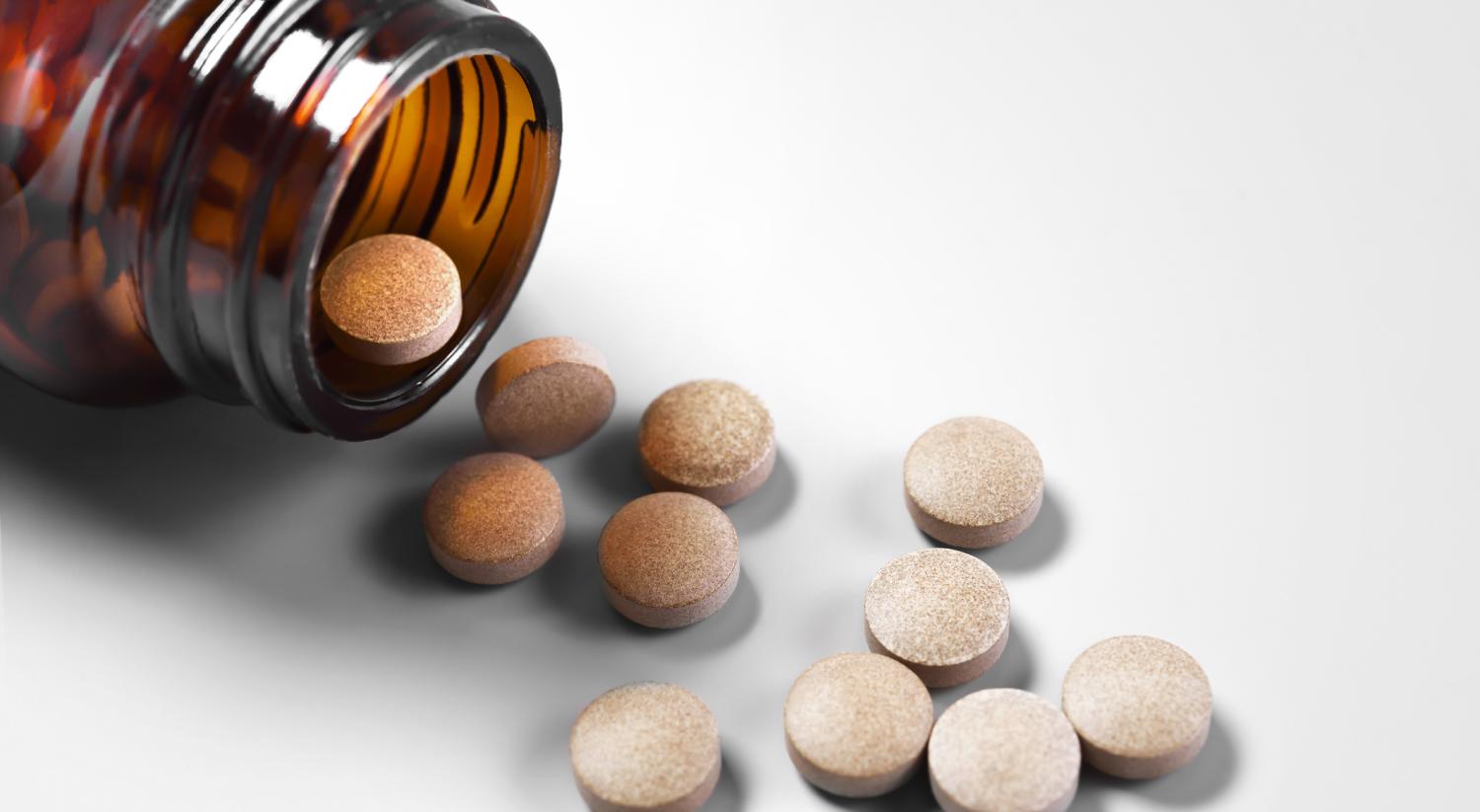Patients who went on to develop long COVID showed more problems with regulation of blood iron levels, including anemia, as soon as 2 weeks after acute infection, suggesting low iron levels may play a role in the chronic condition, according to a new study in Nature Immunology.
The study was based on blood samples from 214 patients collected via the Cambridge Institute of Therapeutic Immunology and Infectious Disease. All participants provided multiple blood samples during and after a COVID-19 infection for 12 months.
The researchers found that long COVID was associated with how quickly inflammation and low iron levels regulated after acute infection. People who took a longer time to demonstrate regulation, and had more severe initial infections, were at an increased risk of long COVID.
Iron dysregulation is common after all infections, the authors explained, as iron is quickly moved out of the bloodstream to avoid becoming a trap for lethal bacteria.
"If this goes on for a long time, there is less iron for red blood cells, so oxygen is transported less efficiently, affecting metabolism and energy production, and for white blood cells, which need iron to work properly," said study author Hal Drakesmith, PhD, from the University of Oxford, in a press release from the University of Cambridge. "The protective mechanism ends up becoming a problem."
Samples showed elevated hepicidin
All study participants were enrolled in August 2020 and were categorized into five groups: Eighteen people with asymptomatic infections (group A), 40 people with mild symptomatic infections (group B), 48 with moderate infections that did not require supplemental oxygenation (group C), 39 people with moderate infections who required supplemental oxygen (group D), and 69 people who had severe infections and required ventilation (group E).
Blood samples were collected for participants during six time period (days 0 to 14, 15 to 30, 31 to 90, 91 to 180, and 181 to 360 post-onset), and compared to serology from COVID-negative healthy controls.
For participants who required minimal supplemental oxygen, their levels of C-reactive protein as well as cytokines remained elevated for weeks and months longer than healthy controls or those with mild infections, the authors found. The iron-regulating hormone hepcidin was also elevated in the blood of groups with moderate to severe COVID-19 at day 0 to 14 compared to healthy controls. Elevated hepcidin is a characteristic of inflammatory anemia, or low oxygen in the blood.
"There was little evidence of systemic inflammation or associated disruptions to the iron levels of groups A and B," the authors wrote, referencing the asymptomatic or mildly symptomatic participants.
"Iron dysregulation and hypoxia may sustain a destructive cycle of impaired immune function, poor viral control and inflammation that contributes to tissue-specific and systemic manifestations of severe acute COVID-19, and potential disruption of long-term immune memory," the authors said. Fatigue and exercise intolerance, two hallmark symptoms in long COVID, could be related to poor iron regulation, the authors suggested.
Iron dysregulation and hypoxia may sustain a destructive cycle of impaired immune function.
There could be a role for iron supplementation during the acute phase of COVID-19 infection, the authors said, as well as a role as potential treatment for long COVID.




















